Silver Tibetan Ghau Box with Ganesh, Gold Plated and Stone Setting
Prayer Box
US$506
Shipping Calculation
The shipping weight for 1 piece of the product is 0.50 kg, and shipping cost is USD31.00.
Note: Shipping Charge for this product will be calculated based on volumetric(dimensional) weight.
We normally dispatch orders within 2 to 5 business days. If there are any delays, we will personally inform the buyer about the dispatch date.
We accept Paypal | Credit/Debit Card | Bank Transfer | Money Transfer / Remit
Click Here for more Information.
We offer a simple 7-day money-back policy, with the buyer responsible for return shipping.
Click Here for more Information.

Safe Payment
We accept Paypal, Money Transfer, Bank Transfer
Confidence
Protection covers your purchase and personal data.
Worldwide Delivery
We ship Worldwide, except Russia.Shipping cost US$25.2 for upto 0.5 kgs

Hotline
Talk to help line for your question on 9841267335Ganesha is one of the deities best-known and most widely worshiped in the Hindu pantheon. His image is found throughout India and Nepal. Hindu sects worship him regardless of affiliations. Devotion to Ganesha is widely diffused and extends to Jains, Buddhists, and beyond India.
Although he is known for many other attributes, Ganesha's elephant head makes him particularly easy to identify. Ganesha is widely revered as the Remover of Obstacles and more generally as Lord of Beginnings and Lord of Obstacles, patron of arts and sciences, and the deva of intellect and wisdom. He is honored at the beginning of rituals and ceremonies and invoked as Patron of Letters during writing sessions. Several texts relate mythological anecdotes associated with his birth and exploits and explain his distinct iconography.
Representations of Ganesha show wide variations and distinct patterns changing over time. He may be portrayed standing, dancing, heroically taking action against demons, playing with his family as a boy, sitting down or on an elevated seat, or engaging in a range of contemporary situations.
Ganesha has the head of an elephant and a big belly. This statue has four arms, which is common in depictions of Ganesha. He holds his own broken tusk in his lower-right hand and holds a delicacy, which he samples with his trunk, in his lower-left hand. The motif of Ganesha turning his trunk sharply to his left to taste a sweet in his lower-left hand is a particularly archaic feature. A more primitive statue in one of the Ellora Caves with this general form has been dated to the 7th century.[38] Details of the other hands are difficult to make out on the statue shown. In the standard configuration, Ganesha typically holds an axe or a goad in one upper arm and a noose in the other upper arm.
Associations
Obstacles
Ganesha is Vighneshvara or Vighnaraja, the Lord of Obstacles, both of a material and spiritual order. He is popularly worshipped as a remover of obstacles, though traditionally he also places obstacles in the path of those who need to be checked. Paul Courtright says that "his task in the divine scheme of things, his dharma, is to place and remove obstacles. It is his particular territory, the reason for his creation."
Krishan notes that some of Ganesha's names reflect shadings of multiple roles that have evolved over time. Dhavalikar ascribes the quick ascension of Ganesha in the Hindu pantheon, and the emergence of the Ganapatyas, to this shift in emphasis from vighnakart? (obstacle-creator) to vighnahart? (obstacle-averter). However, both functions continue to be vital to his character, as Robert Brown explains, "even after the Pur??ic Ga?e?a is well-defined, in art Ga?e?a remained predominantly important for his dual role as creator and remover of obstacles, thus having both a negative and a positive aspect
Buddhi (Knowledge)
Ganesha is considered to be the Lord of letters and learning. In Sanskrit, the word buddhi is a feminine noun that is variously translated as intelligence, wisdom, or intellect. The concept of buddhi is closely associated with the personality of Ganesha, especially in the Puranic period, when many stories stress his cleverness and love of intelligence. One of Ganesha's names in the Ganesha Purana and the Ganesha Sahasranama is Buddhipriya. This name also appears in a list of 21 names at the end of the Ganesha Sahasranama that Ganesha says are especially important. The word Priya can mean "fond of", and in a marital context it can mean "lover" or "husband", so the name may mean either "Fond of Intelligence" or "Buddhi's Husband"
Frist Chakra
According to Kundalini yoga, Ganesha resides in the first chakra, called Muladhara (m?l?dh?ra). Mula means "original, main " adhara means "base, foundation". The Muladhara chakra is the principle on which the manifestation or outward expansion of primordial Divine Force rests.[95] This association is also attested to in the Ganapati Atharvashirsa. You continually dwell in the sacral plexus at the base of the spine. Thus, Ganesha has a permanent abode in every being at the Muladhara. Ganesha holds, supports and guides all other chakras, thereby "governing the forces that propel the wheel of life"
Youtube Mantra Link
You may also want to read the related articles :
At Handicraft Seller, we believe in providing a seamless and user-friendly experience to our valued customers. While our website is not an online shopping platform, we have incorporated a shopping cart system to simplify the process of sending us your inquiries. Please follow the steps below to place your order:
Step 1: Browsing the Selection
Explore our website to discover a delightful array of authentic Nepali handicraft products.
Click on the products you are interested in to view detailed descriptions and images.
Step 2: Adding Items to Your Inquiry Cart
To express your interest in a particular product, click the "Add to Inquiry Cart" button associated with that item.
The shopping cart will accumulate your selected products, providing a convenient way to organize your choices.
Step 3: Reviewing Your Inquiry Cart
Once you have finished selecting the items you wish to inquire about, review your "Inquiry Cart" to ensure accuracy.
Step 4: Sending Your Inquiries
Proceed to submit your inquiries by clicking the "Submit Inquiry" button.
A form will prompt you to provide your contact details, the selected products, and any specific queries you may have.
Step 5: Communicating through Email
As we do not have an automated payment system, we will conduct the business process through email.
Our team will review your inquiries and respond via email, offering further assistance and guidance.
Step 6: Clarifying Details and Finalizing Your Order
Engage in direct communication with our team to clarify any additional information or customization requests.
Once you are satisfied with the details, we will provide you with payment instructions and confirm the order.
Step 7: Completing the Transaction
Make the payment through the designated method as provided in the email.
After receiving the payment, we will process your order and prepare it for shipment.
Step 8: Shipping and Delivery
We offer worldwide shipping for all our products.
Once your order is dispatched, we will provide you with shipping details and tracking information.
Step 9: Receiving and Enjoying Your Handicrafts
Wait for your exquisite handicrafts to arrive at your doorstep.
Unpack and revel in the beauty and craftsmanship of your chosen Nepali treasures.
Contacting Us
If you encounter any complications while submitting your inquiries or need further assistance, please feel free to contact us.
Preferably, reach out to us through mobile communication applications or email for prompt responses and support.
We hope this straightforward ordering process ensures a delightful and satisfying experience with Handicraft Seller. Thank you for choosing us to connect you with the rich heritage of Nepali handicrafts.
Return Policy
We have a 7 days money back policy but buyer have to pay the return shipping charges.
Shipping
- Shipping cost USD US$25.2 for upto 0.5 kgs
- We ship Worldwide, Except Russia and India.
- The deliver duration varies for international Shipping location. We normally dispatch the product in 2 -3 business days. Else Buyer will be infromed Personally about the shipping.


![[silver] Tibetan Ghau Box With [ganesh], [gold Plated] And [stone Setting]](https://handicraftseller.com/uploads/pics/product/thumb/2025/01/34730_0.jpg)
![[silver] Tibetan Ghau Box With [ganesh], [gold Plated] And [stone Setting]](https://handicraftseller.com/uploads/pics/product/thumb/2025/01/34730_1.jpg)
![[silver] Tibetan Ghau Box With [ganesh], [gold Plated] And [stone Setting]](https://handicraftseller.com/uploads/pics/product/thumb/2025/01/34730_2.jpg)
![[silver] Tibetan Ghau Box With [ganesh], [gold Plated] And [stone Setting]](https://handicraftseller.com/uploads/pics/product/thumb/2025/01/34730_3.jpg)
![[silver] Tibetan Ghau Box With [ganesh], [gold Plated] And [stone Setting]](https://handicraftseller.com/uploads/pics/product/thumb/2025/01/34730_4.jpg)
![[silver] Tibetan Ghau Box With [ganesh], [gold Plated] And [stone Setting]](https://handicraftseller.com/uploads/pics/product/thumb/2025/01/34730.jpg)
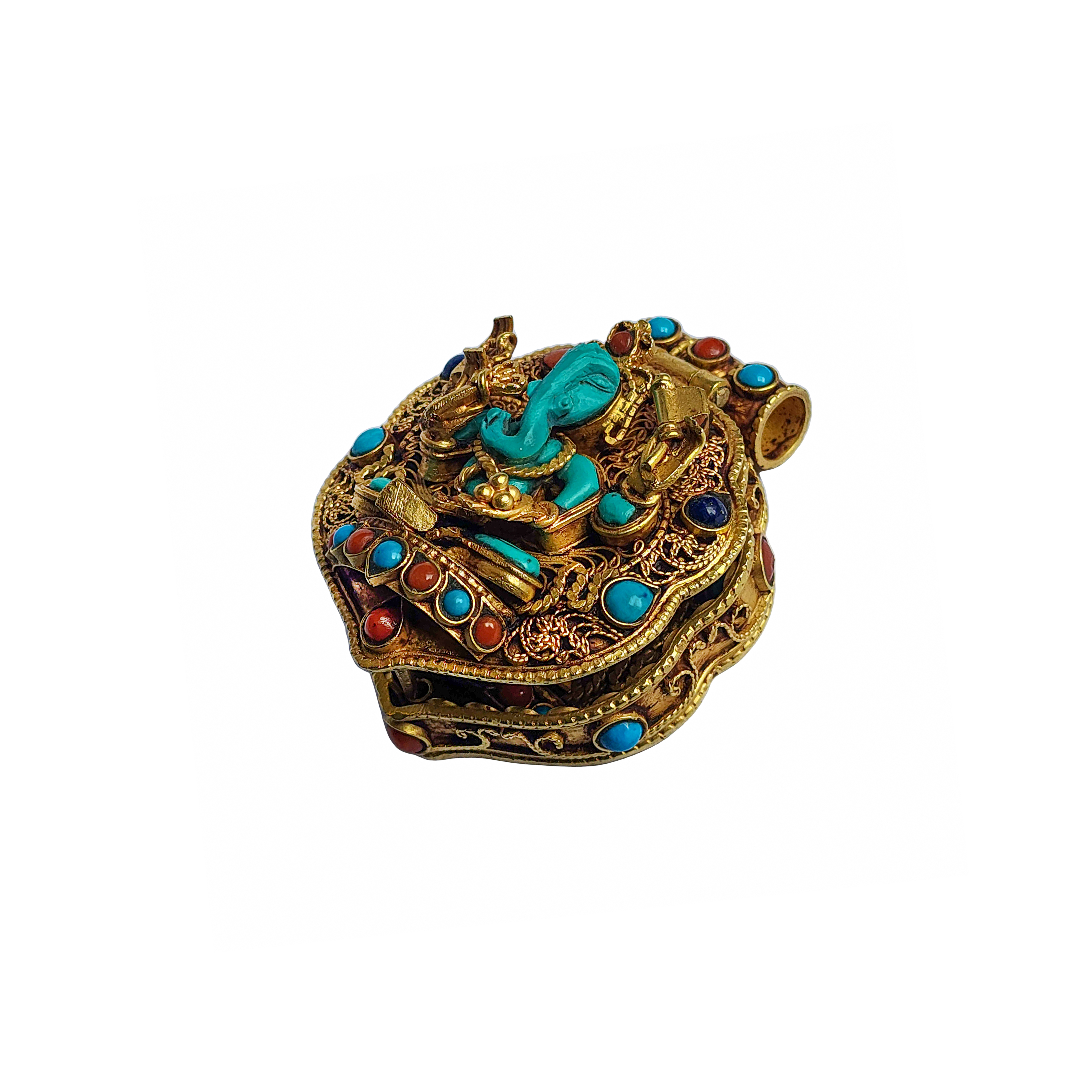
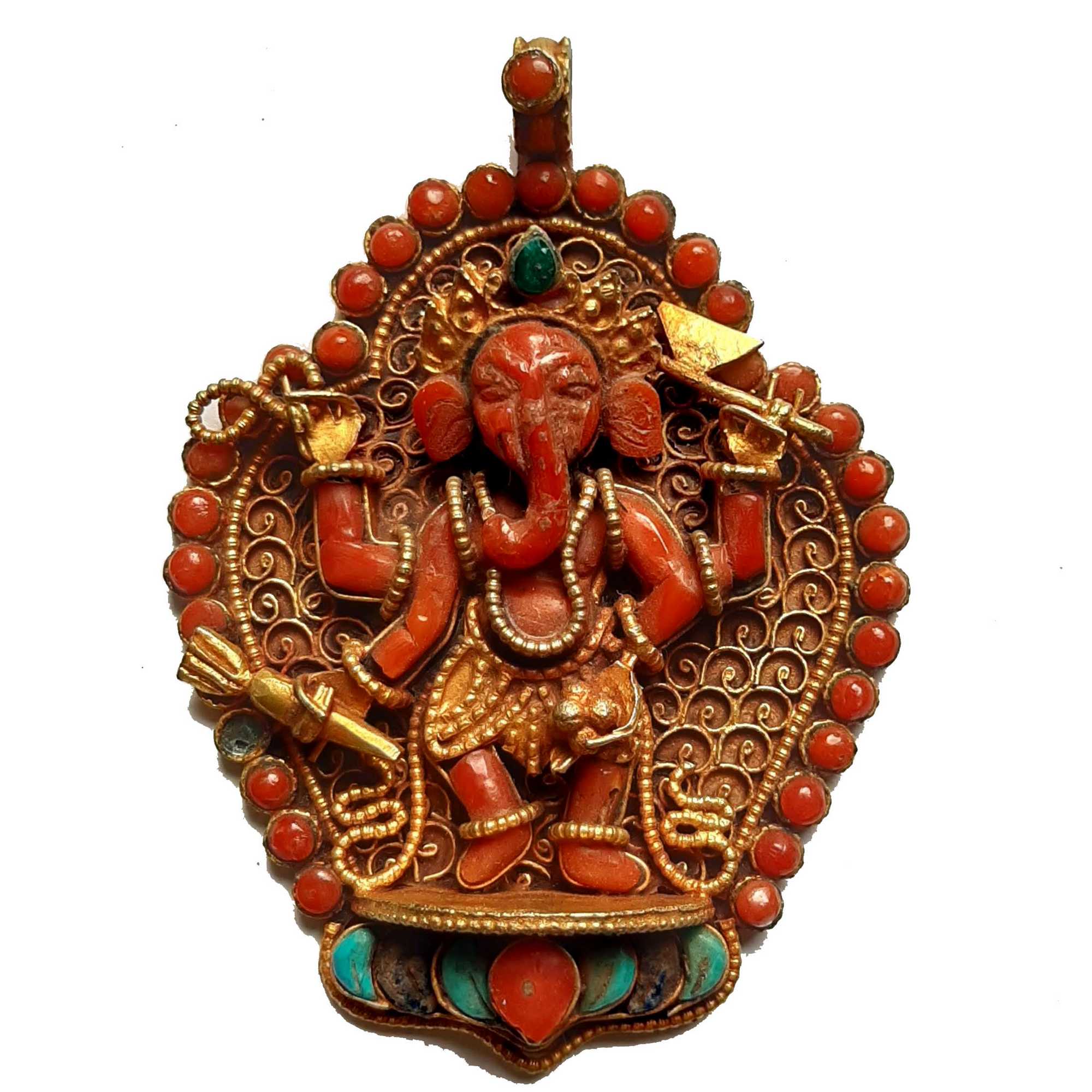 Silver Real Coral Ganesh Ghau Amulet,
Silver Real Coral Ganesh Ghau Amulet, 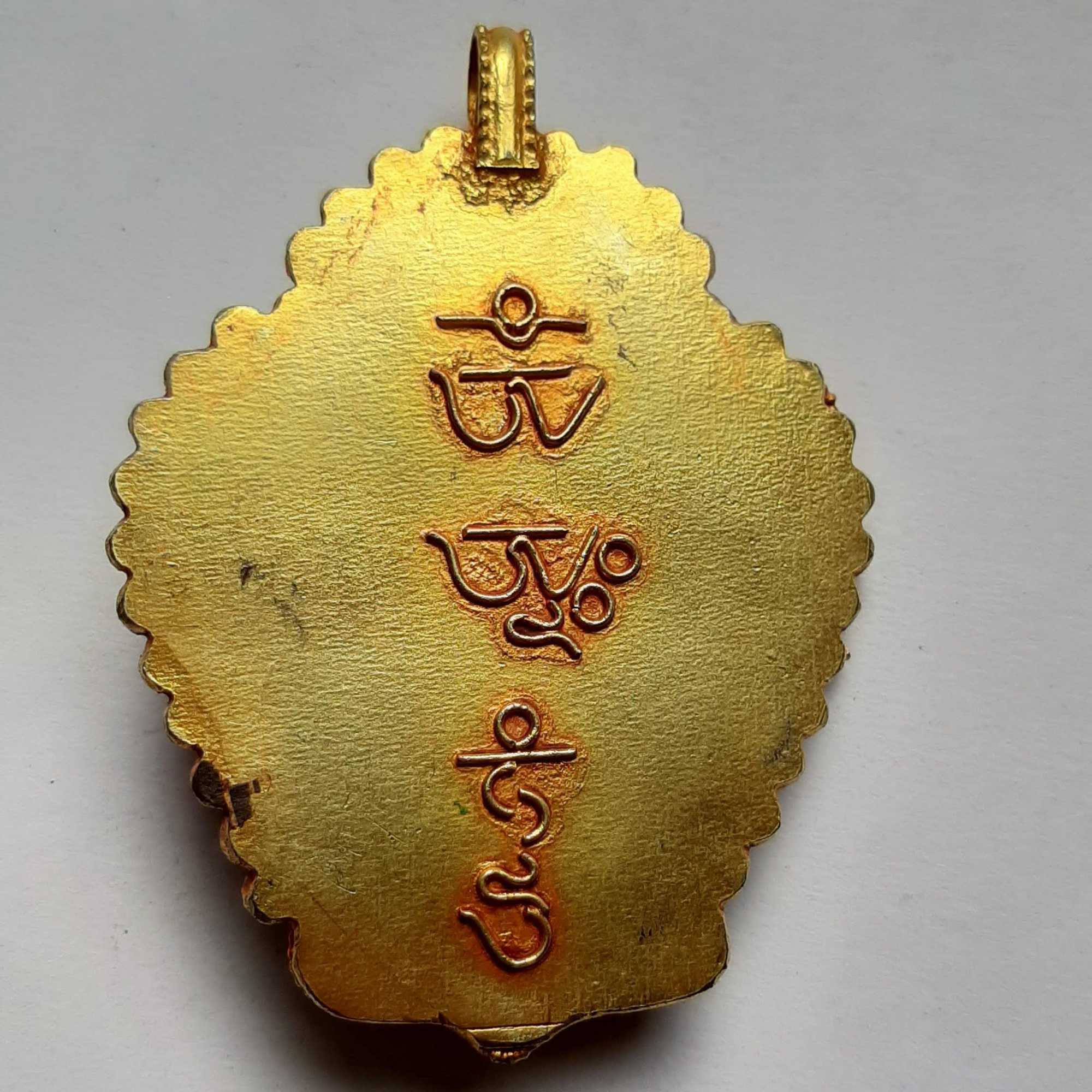 Silver Real Coral Ganesh Ghau Amulet,
Silver Real Coral Ganesh Ghau Amulet, 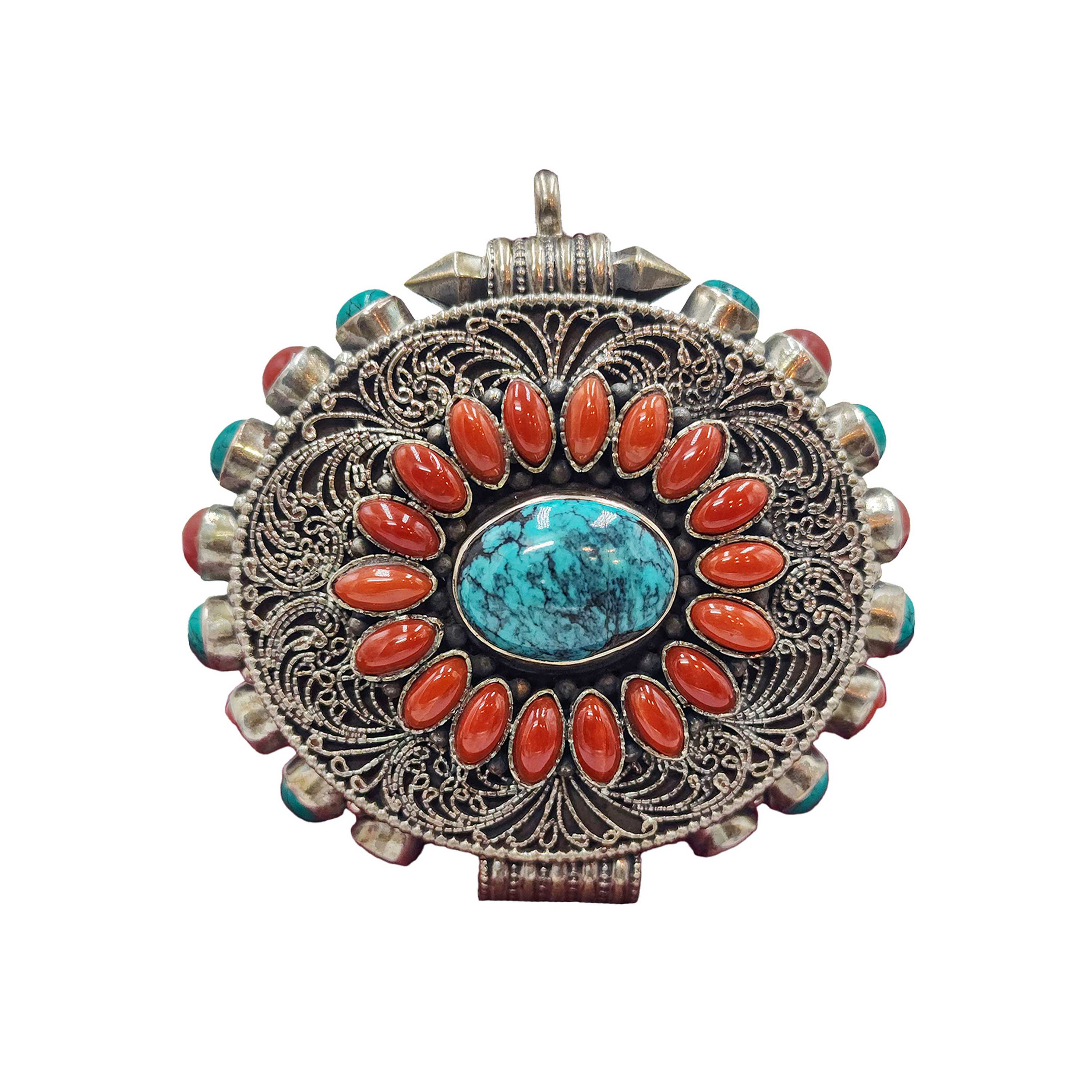 Sterlin Silver Tibetan Ghau Box
Sterlin Silver Tibetan Ghau Box 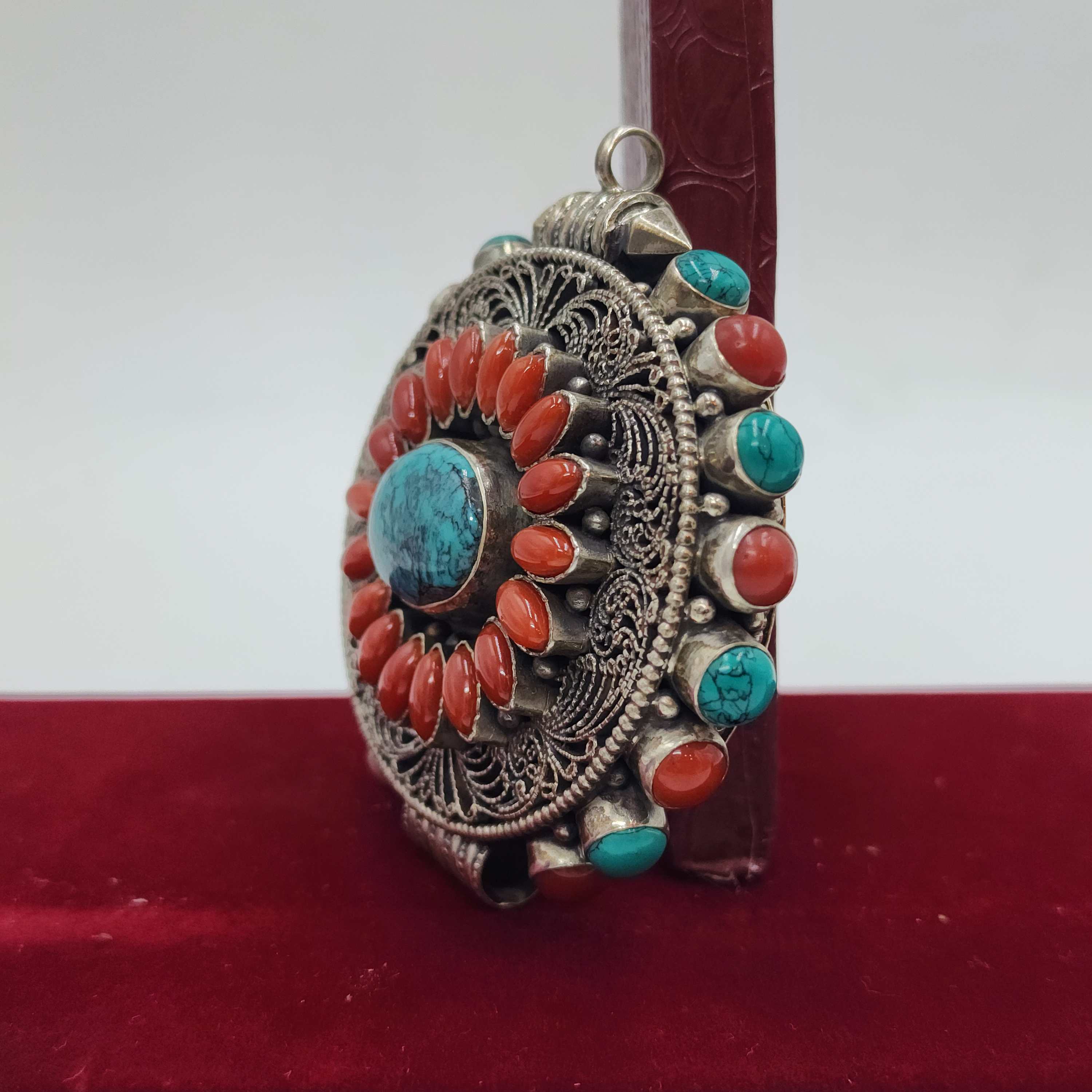 Sterlin Silver Tibetan Ghau Box
Sterlin Silver Tibetan Ghau Box 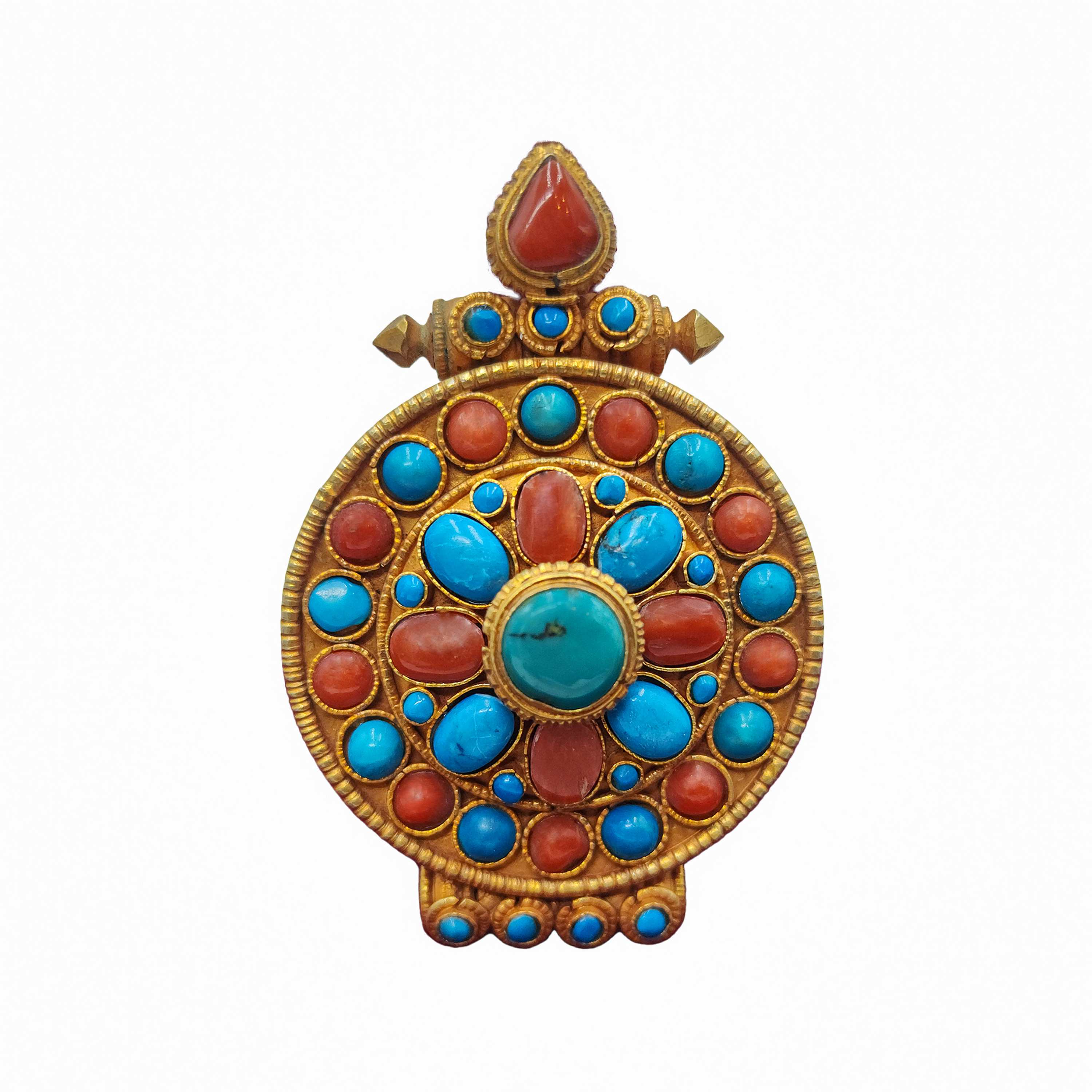 Sterlin Silver Tibetan Ghau Box
Sterlin Silver Tibetan Ghau Box 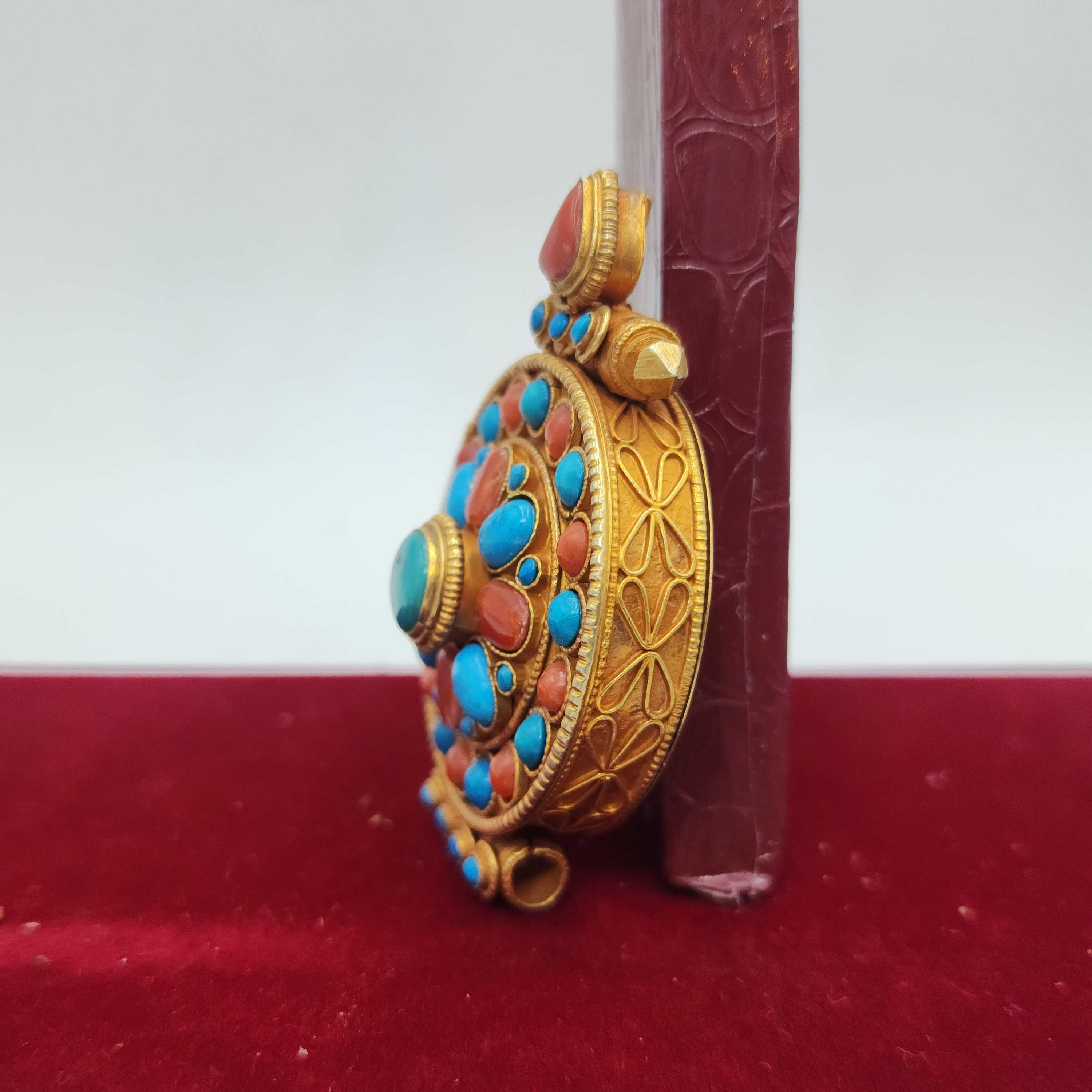 Sterlin Silver Tibetan Ghau Box
Sterlin Silver Tibetan Ghau Box  Silver Real Lapis Ganesh Ghau Amulet,
Silver Real Lapis Ganesh Ghau Amulet,  Silver Real Lapis Ganesh Ghau Amulet,
Silver Real Lapis Ganesh Ghau Amulet, 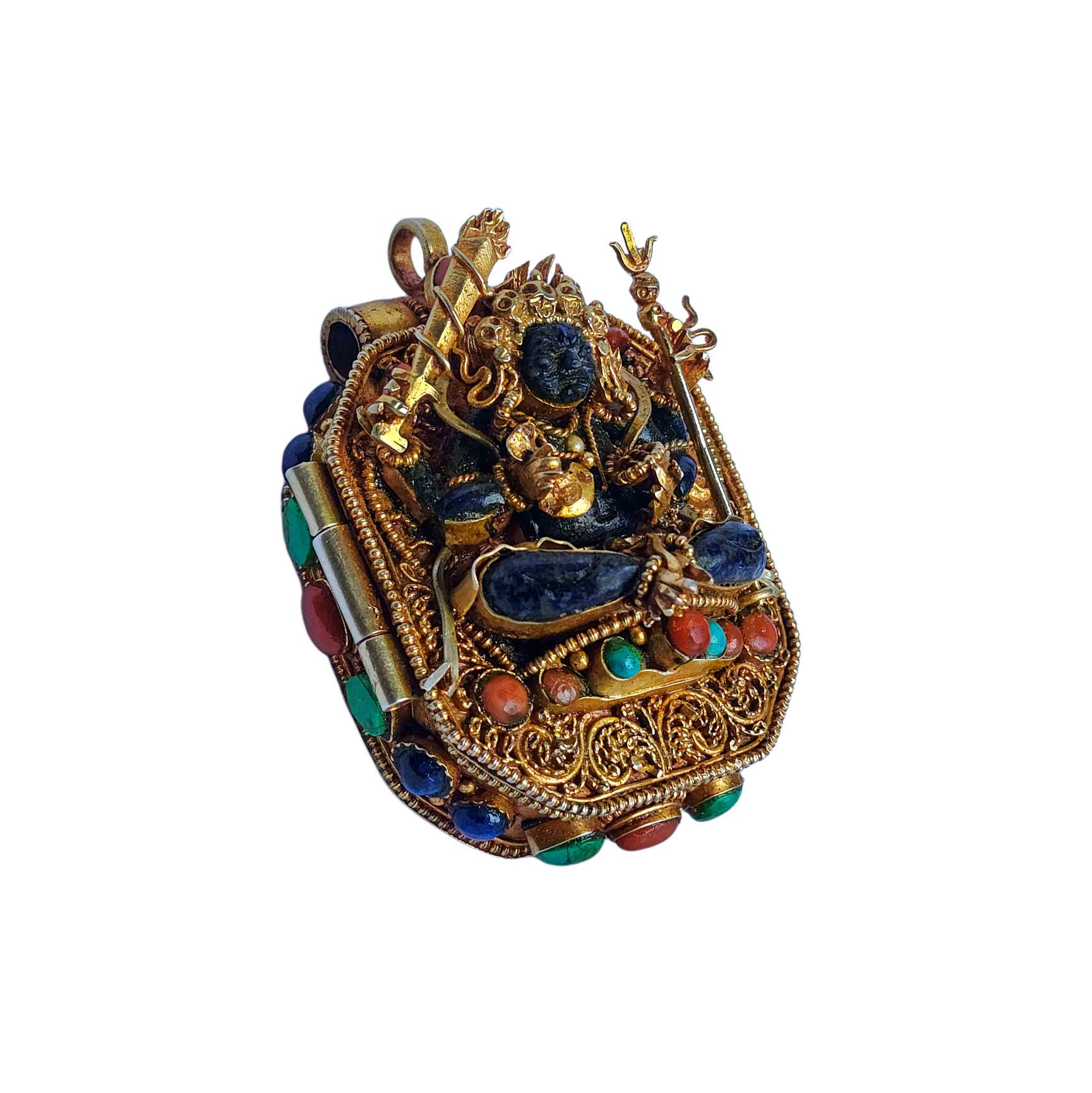 Silver Tibetan Ghau Box
Silver Tibetan Ghau Box 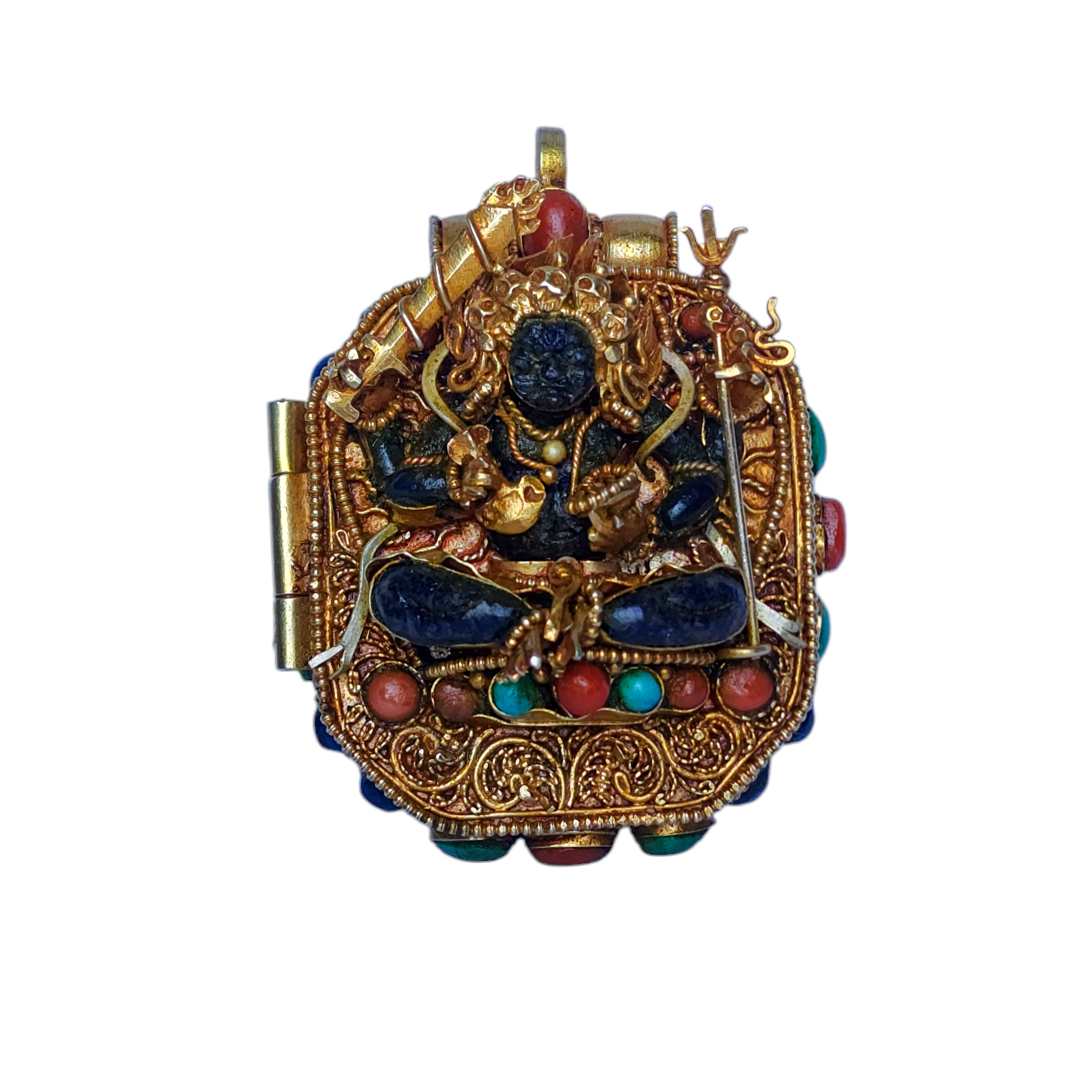 Silver Tibetan Ghau Box
Silver Tibetan Ghau Box 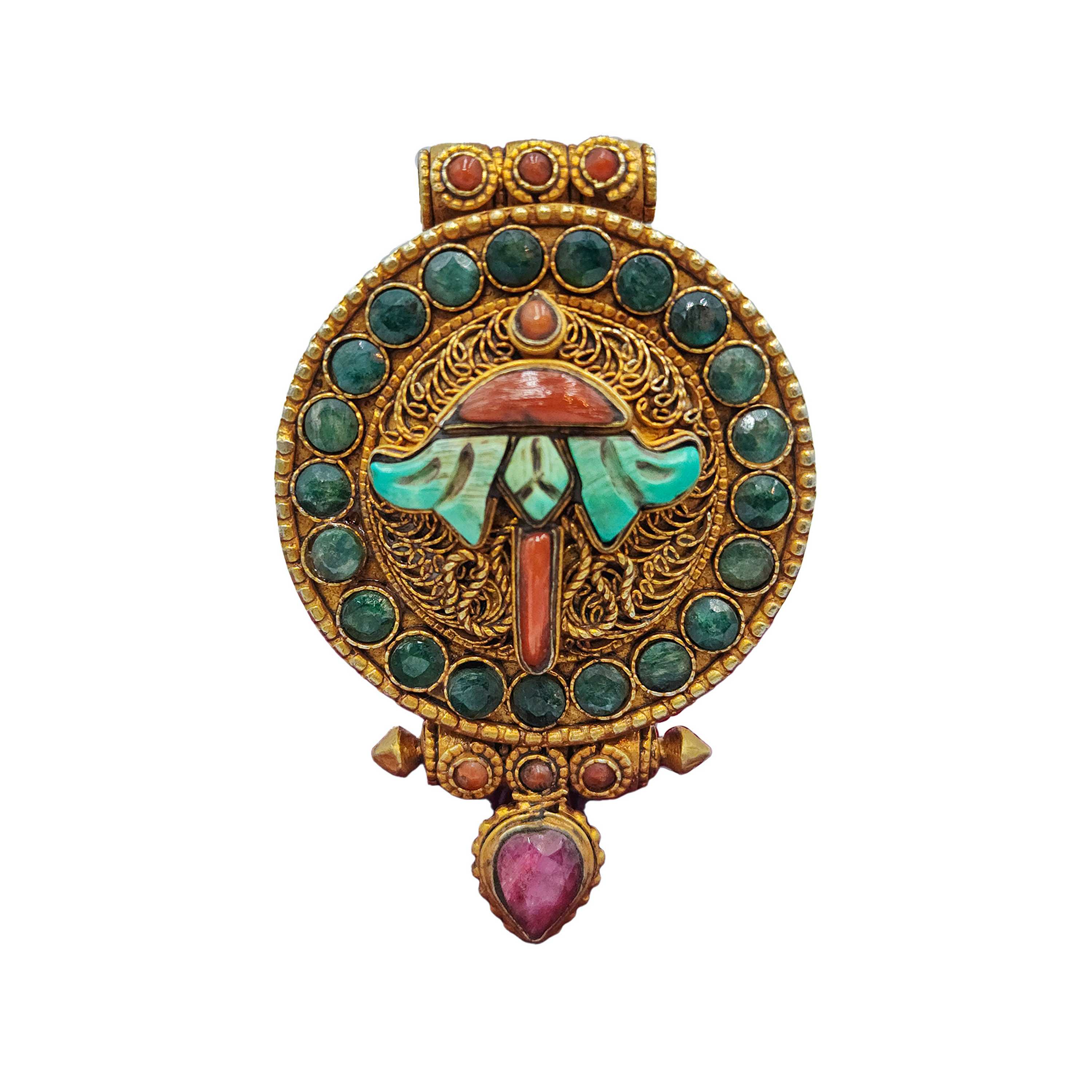 Sterlin Silver Tibetan Ghau Box
Sterlin Silver Tibetan Ghau Box 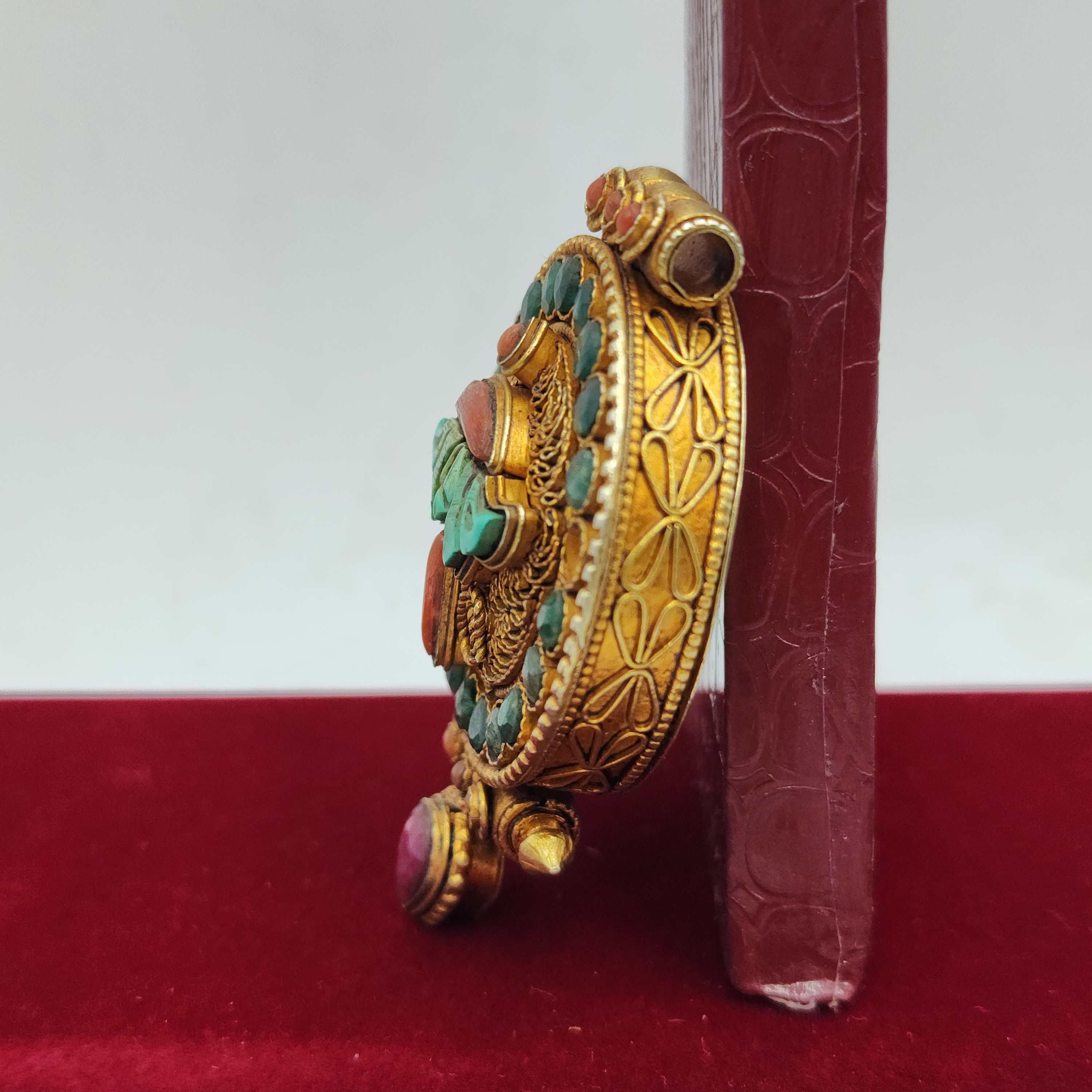 Sterlin Silver Tibetan Ghau Box
Sterlin Silver Tibetan Ghau Box 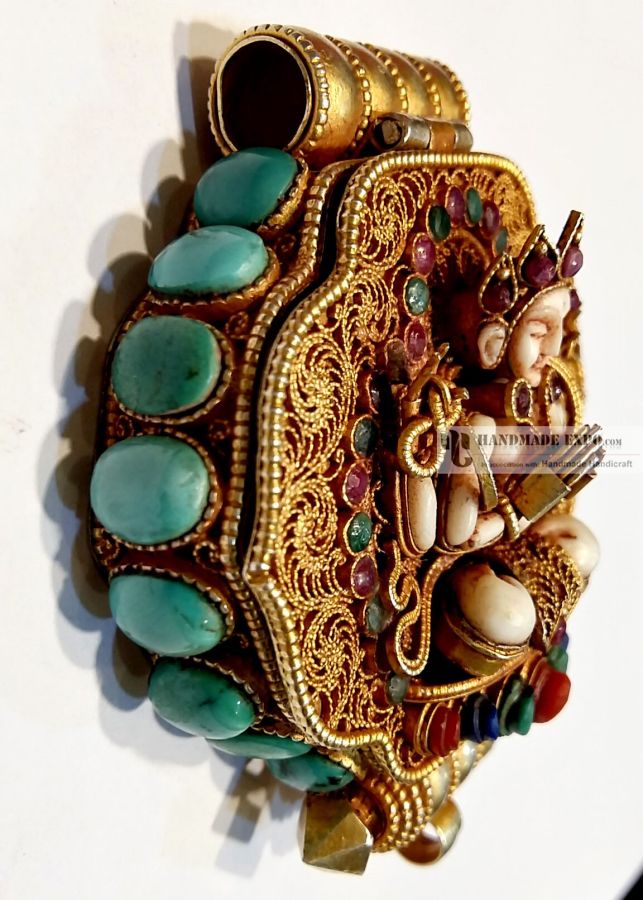 Gold Plated,
Gold Plated, 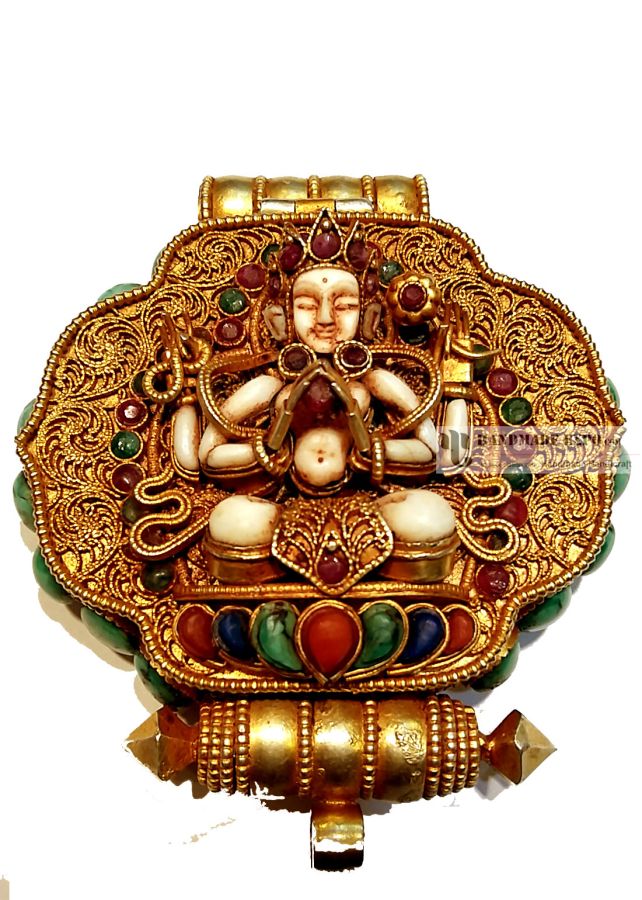 Gold Plated,
Gold Plated, 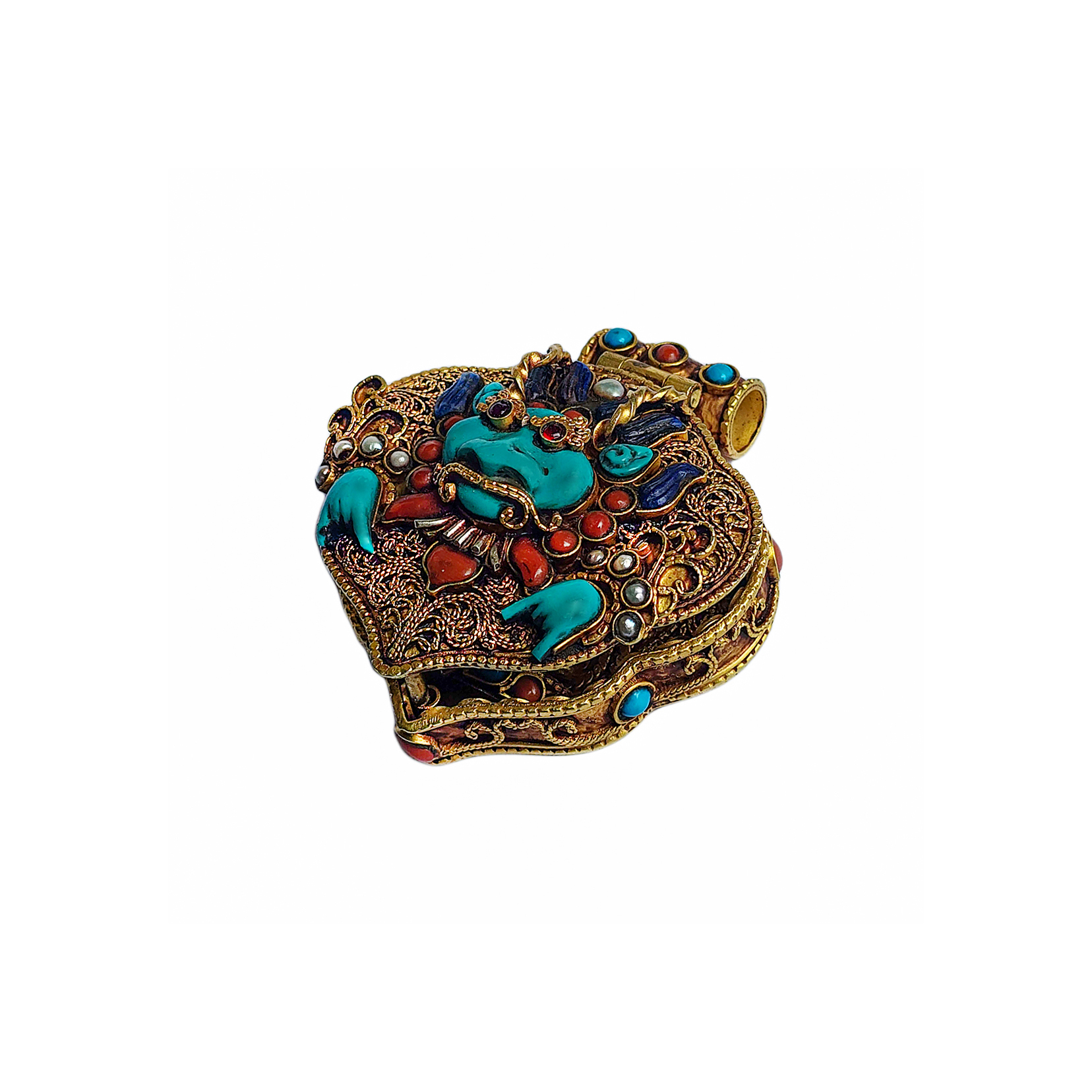 Silver Tibetan Ghau Box
Silver Tibetan Ghau Box 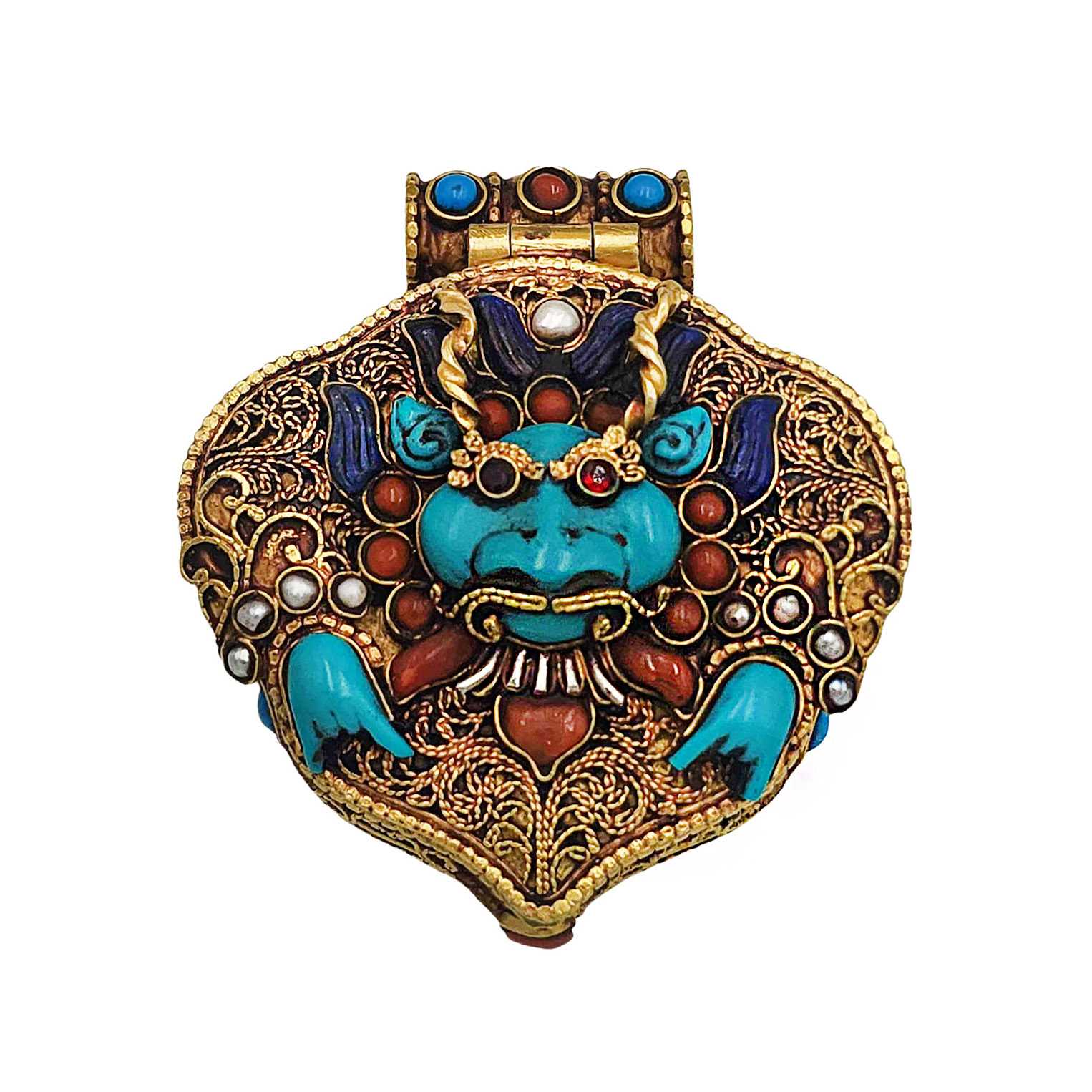 Silver Tibetan Ghau Box
Silver Tibetan Ghau Box 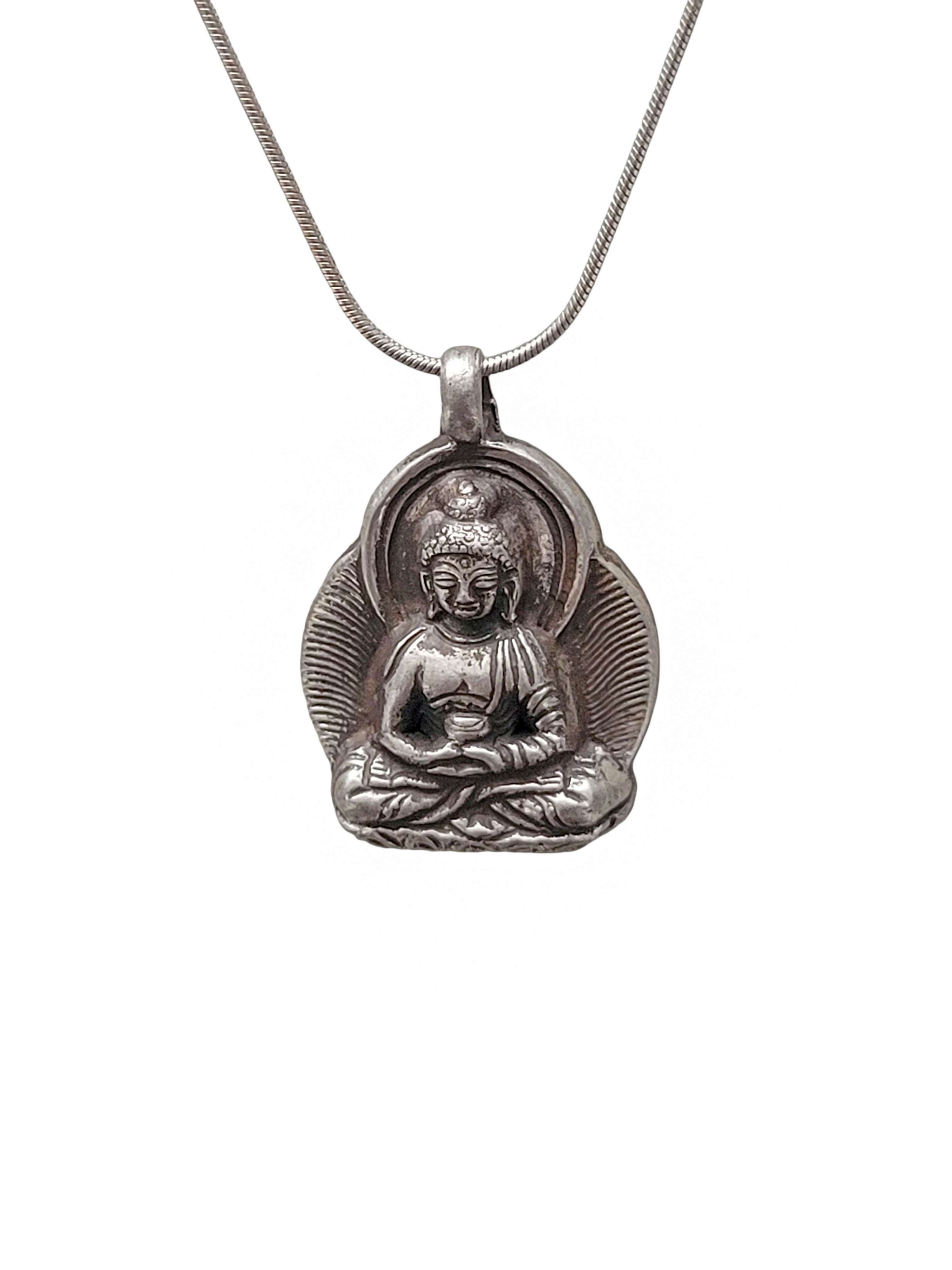 Pendant, Buddhist Silver Amulet
Pendant, Buddhist Silver Amulet 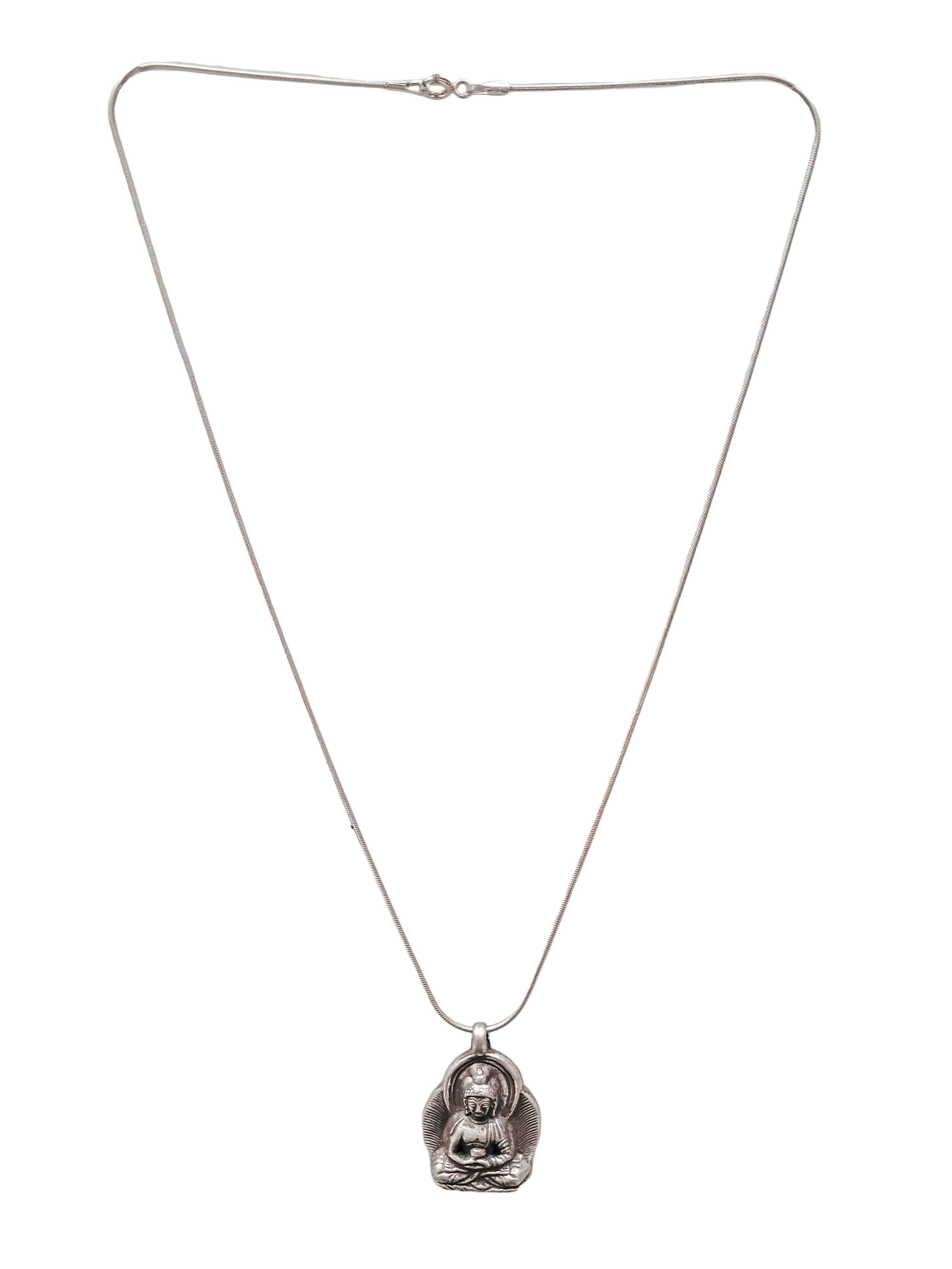 Pendant, Buddhist Silver Amulet
Pendant, Buddhist Silver Amulet 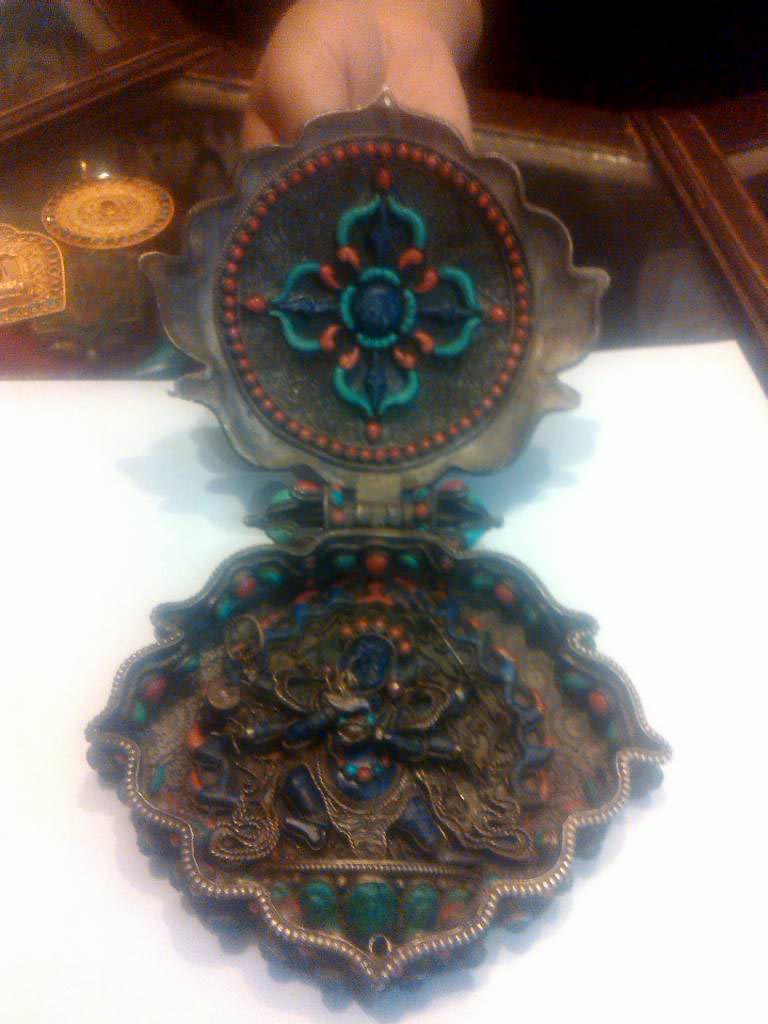 with Mahakala Inside" title="Old Tibetan Cheppu Ghau
with Mahakala Inside" title="Old Tibetan Cheppu Ghau 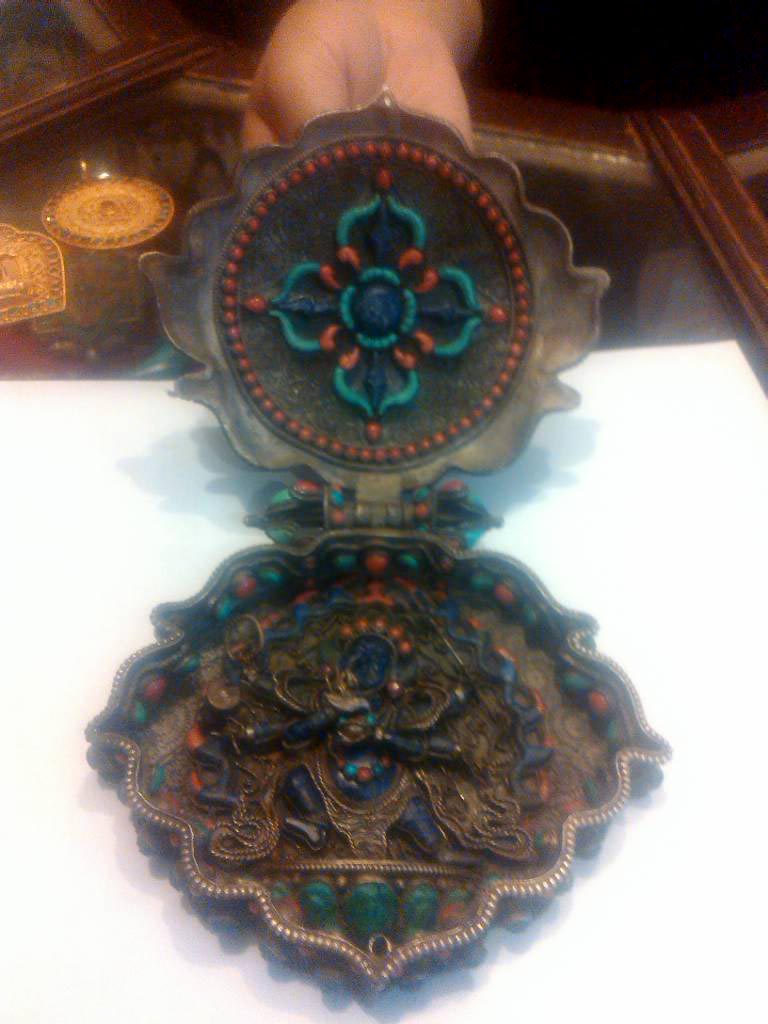 with Mahakala Inside" title="Old Tibetan Cheppu Ghau
with Mahakala Inside" title="Old Tibetan Cheppu Ghau